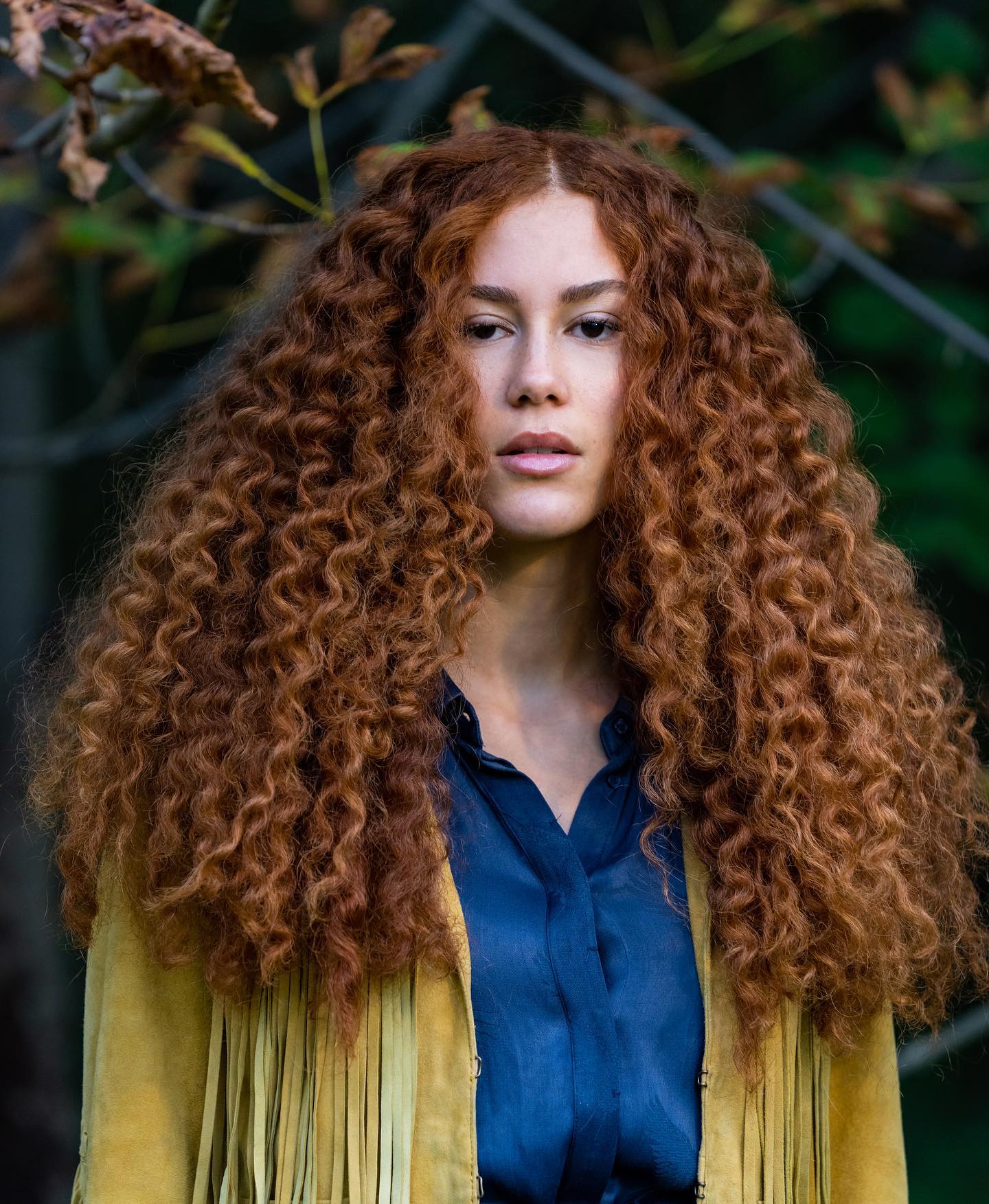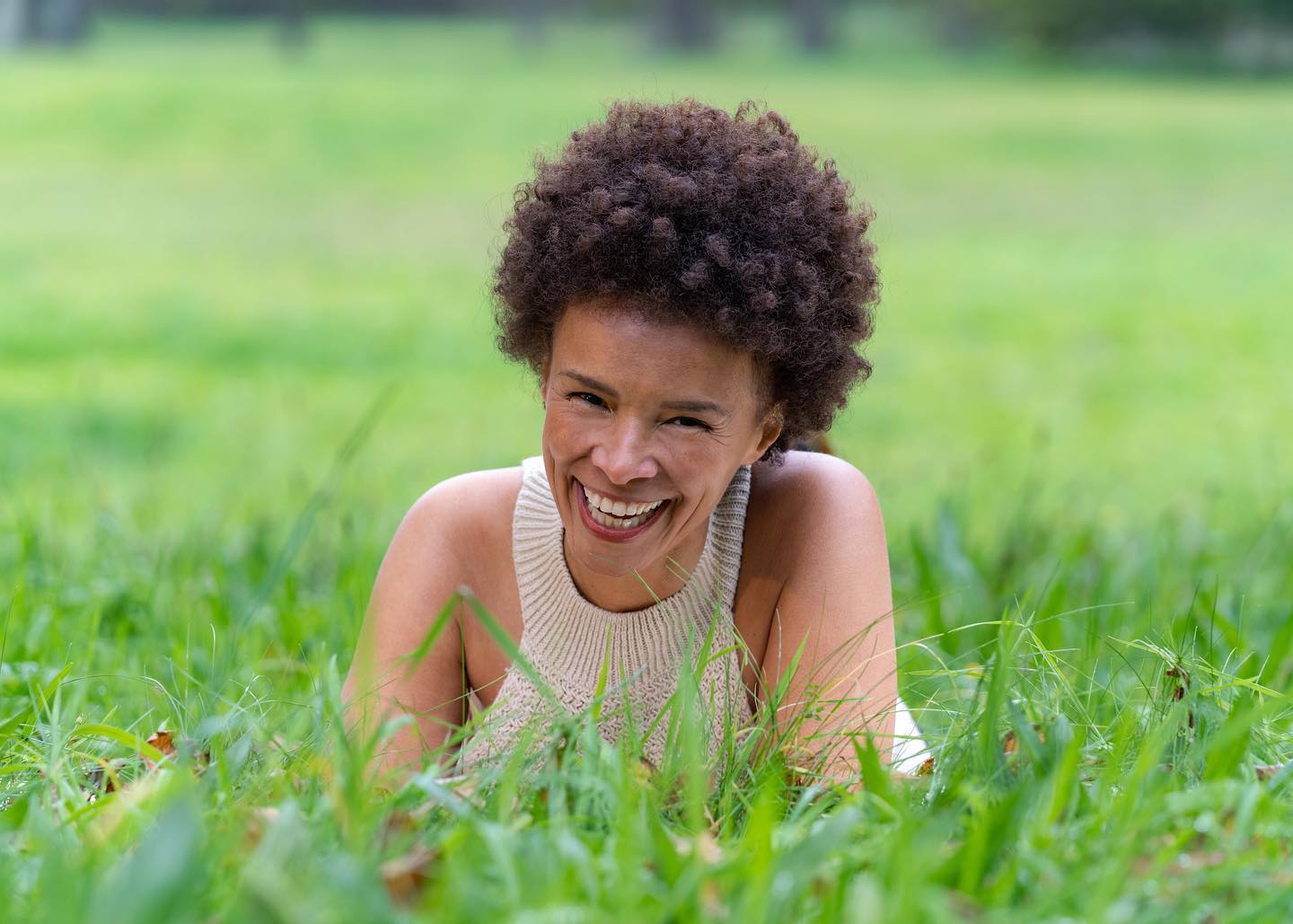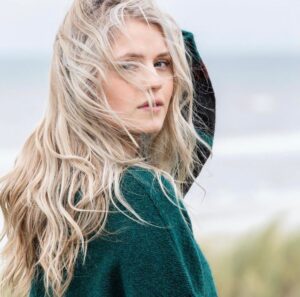Introduction: Beauty without warmth
In today's world, where beauty is often synonymous with sophisticated techniques, curling your hair without heat is a trend that's gaining in popularity. Not only does this natural method protect the health of your hair, but it also allows you to achieve impressive results without any heating tools.
Why avoid the heat?
Negative impact on hair health
Frequent use of heat to style hair can cause a great deal of damage. Heated tools, such as curling irons and straighteners, can cause dryness, breakage and loss of shine. Over the long term, regular exposure to heat can weaken hair, making it more prone to split ends and breakage. What's more, excessive heat can damage the hair cuticle, affecting the hair's internal structure and making it more vulnerable to external aggressions.
Healthier alternative: curling hair without heat
Opting for heat-free methods is an excellent alternative for maintaining healthy hair. By avoiding the use of heat, you're not only preserving the integrity of your hair, but also making a commitment to a more environmentally-friendly hair routine. Heat-free methods often offer natural, long-lasting results, while requiring little maintenance. So it's entirely possible to achieve beautiful curls without compromising the health of your hair.
Complete guide at a glance
This comprehensive guide offers a variety of techniques for curling hair without heat, using simple, easily accessible tools. In addition to being beneficial for hair health, these techniques promote a more ecological and often more economical approach to self-care. This detailed guide will take you step-by-step through the different methods and help you achieve the curls you've always dreamed of.

Method 1: Curls with curlers and bands
Choosing the right tools
Curlers available on the market
There are a variety of curlers on the market to suit different hair types and curl sizes. Foam curlers are popular because they are soft and don't cause excessive friction on the hair. Velcro curlers can also be used for quick and easy results, although they are best suited to fine to medium-thick hair. Finally, spiral curlers are ideal for creating tight, bouncy curls, offering a versatile solution for a variety of styles.
How to choose the right bands
Fabric or satin bands are excellent options for gently curling hair. Satin, in particular, helps reduce friction, minimizing the risk of breakage and frizz. Bands should be long enough to comfortably wrap each section of hair. Make sure the bands are securely fastened to optimize results, yet loose enough not to create unwanted creases.
Steps for using curlers and bands
Hair preparation
Before you start, wash your hair with a mild shampoo and apply a moisturizing conditioner. Make sure hair is slightly damp to facilitate the curling process. Use a wide-tooth comb to gently detangle hair, and apply a moisturizing spray or styling lotion to help curls hold longer.
Put in curlers and bands
Divide your hair into sections - the smaller the section, the tighter the curl. Wrap each section around the curlers from bottom to top, then secure with a clip or soft elastic. If you opt for bands, weave the hair around the bands in a spiral pattern. Make sure the tension applied is uniform for even results.
Remove curlers and straps for perfect curls
Leave curlers or bands in place for several hours, or even overnight, for best results. To remove, gently start unrolling hair without pulling to avoid damaging curls. Run your fingers through the curls to add texture and volume. Apply a light serum to add shine and control frizz if necessary.
By using these simple techniques, you can achieve beautiful curls without exposing your hair to the intense heat of heated tools. These methods not only protect your hair, but also add a natural, healthy touch to your everyday style.
See also: How do you restore your natural color after coloring?
Method 2: Curls with braids and socks
Preparing hair for braiding
Understanding the number of braids required
The number of braids you choose to make will depend on the type of curl you want to achieve. For light, supple waves, two or three braids on wet hair may suffice. On the other hand, for tighter, more defined curls, you can opt for several small braids. This method is flexible and can be adjusted to suit your hair type and styling preferences.
Routine for preparing hair for braiding
Before braiding, start by washing your hair with a mild shampoo, followed by a moisturizing conditioner. Once rinsed, wring out excess water with a microfiber towel to avoid weakening your hair. Then apply a detangling product to facilitate styling and reduce the risk of breakage. You can use a styling mousse to improve curl hold, or a little light oil to add moisture.
How to use socks for curls
Sock selection
Choose clean, soft socks, ideally of medium size. Socks made of cotton or subtle knits will offer better support and a more even curl. Make sure they're long enough to wrap around the entire section of hair you've chosen. If you have long hair, you can opt for longer socks or even use a pair of cut-off tights.
Sock method for heat-free curls
To adopt the sock method, start by dividing your damp hair into equal sections. Take a section of hair and place the end of the sock at the root. Wrap the hair around the sock to the ends, then tie the sock to secure the hair in place. Repeat for each section of hair. For best results, leave in place overnight to allow curls to take shape. The next day, gently untie the socks and release the curls, avoiding brushing to preserve their structure.
The braid-and-sock method is an easy and economical alternative for achieving beautiful curls without heat. By exploiting everyday objects, you can not only preserve the health of your hair, but also personalize the style of your curls to suit your preferences. This process encourages autonomy and stimulates creativity in your hair routine. You can experiment by combining these methods to create unique styles, while protecting your hair from harmful heat.

Method 3: Curls with twists and twist out
Preparing hair for twists
Cleanse and moisturize hair
Before starting the twisting process, it's essential to prepare your hair properly. Wash with a moisturizing shampoo to remove any dirt or product build-up. Next, apply a rich conditioner to nourish your hair. Make sure your hair is well hydrated, as dry hair can lead to less satisfactory results and more frizz.
Use of appropriate styling products
After washing, apply a light styling cream or gel to help define twists and provide long-lasting hold. You can also use a light oil to seal in moisture. Choose products suited to your hair type to avoid weighing down or drying out.
How to make twists
Dividing and sectioning hair
Start by dividing your slightly damp hair into several equal sections. The smaller the sections, the more defined the curls. Use clips to hold the sections in place as you work each one in turn.
Twisting technique
To make a twist, take two strands from a section of hair, then wrap them around each other to the ends. Make sure the twist is tight but not too tight, to avoid pulling on your hair and making it brittle. Repeat this process for each section of hair. It may take some time, but the result is worth it.
Final result: Twist Out
Dry and untwist the twists
Leave your twists to rest for several hours or overnight to allow the curls to form properly. Once dry, begin to carefully unravel each twist to reveal the curls. Use your fingers to gently separate the curls and add volume and definition.
Fixing and finishing
For long-lasting hold, apply a light setting spray. You can also style your curls as you wish, adding accessories to enhance your look. Enjoy perfectly defined curls without heat damage.
FAQ
Do twists work on all hair types?
Yes, twists can be used on all hair types, but results can vary according to hair texture and length. Naturally curly or textured hair may have better definition.
How long do curls last without heat?
Curl duration depends on hair type and products used. In general, heat-free curls can last from a few days to a week if well cared for.
Can I wash my hair after twisting?
It's a good idea to wash your hair before twisting. However, if you need to wash your hair afterwards, be prepared to redo the twists to maintain the curls.
How long should I leave the twists in place?
For best results, leave the twists in place for at least 6-8 hours or overnight to maximize curl hold.
Do I need special tools to make twists?
No, you don't need any special tools to make twists, just your hands to wrap the sections of hair. However, pliers can be useful to hold the sections while you work.



